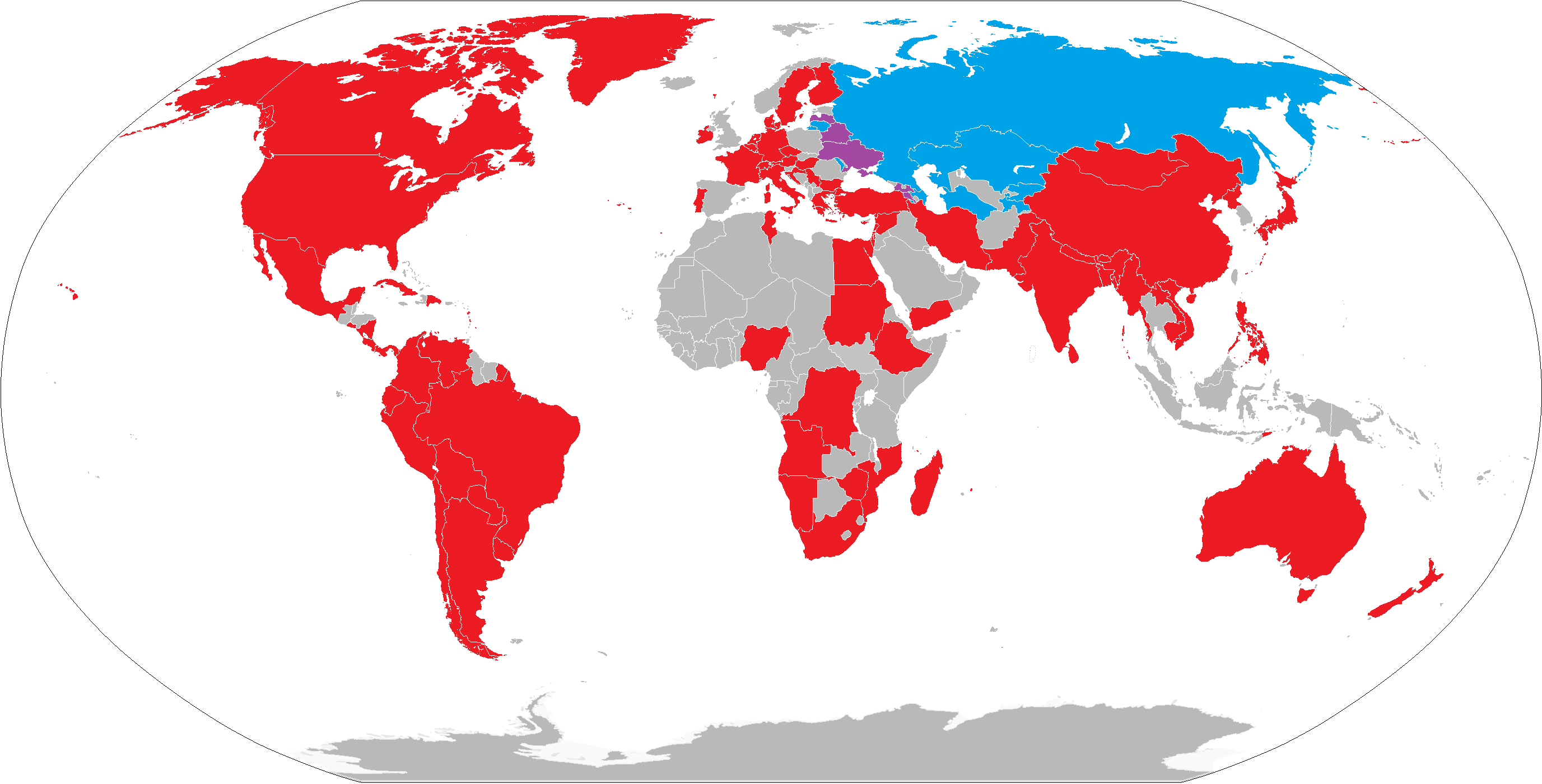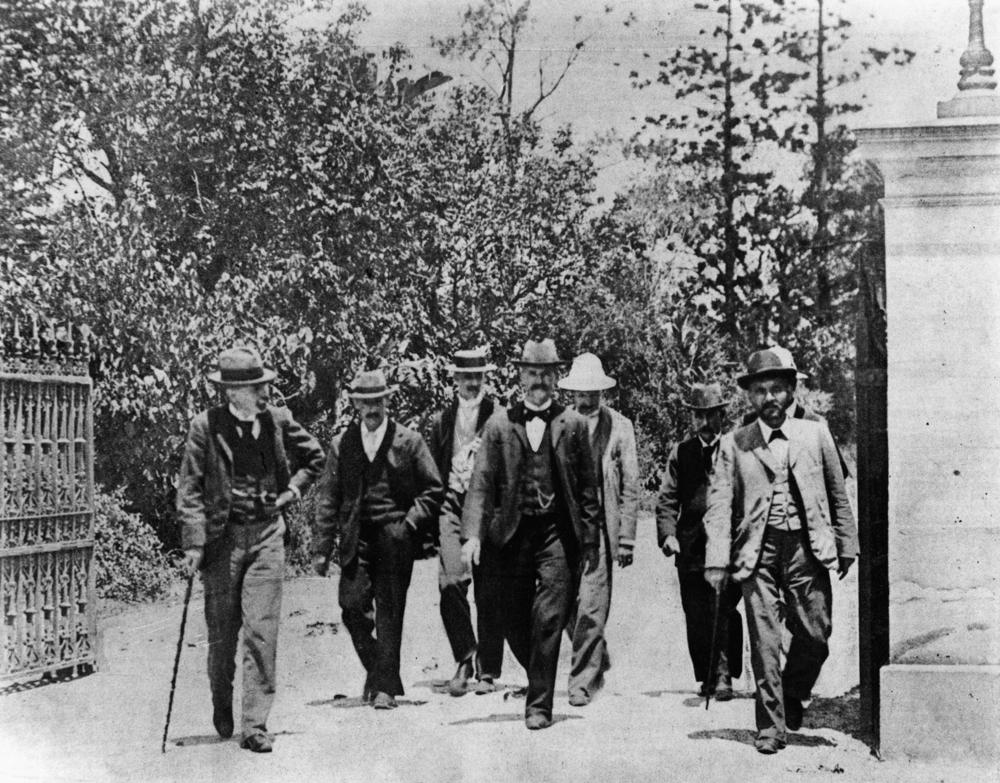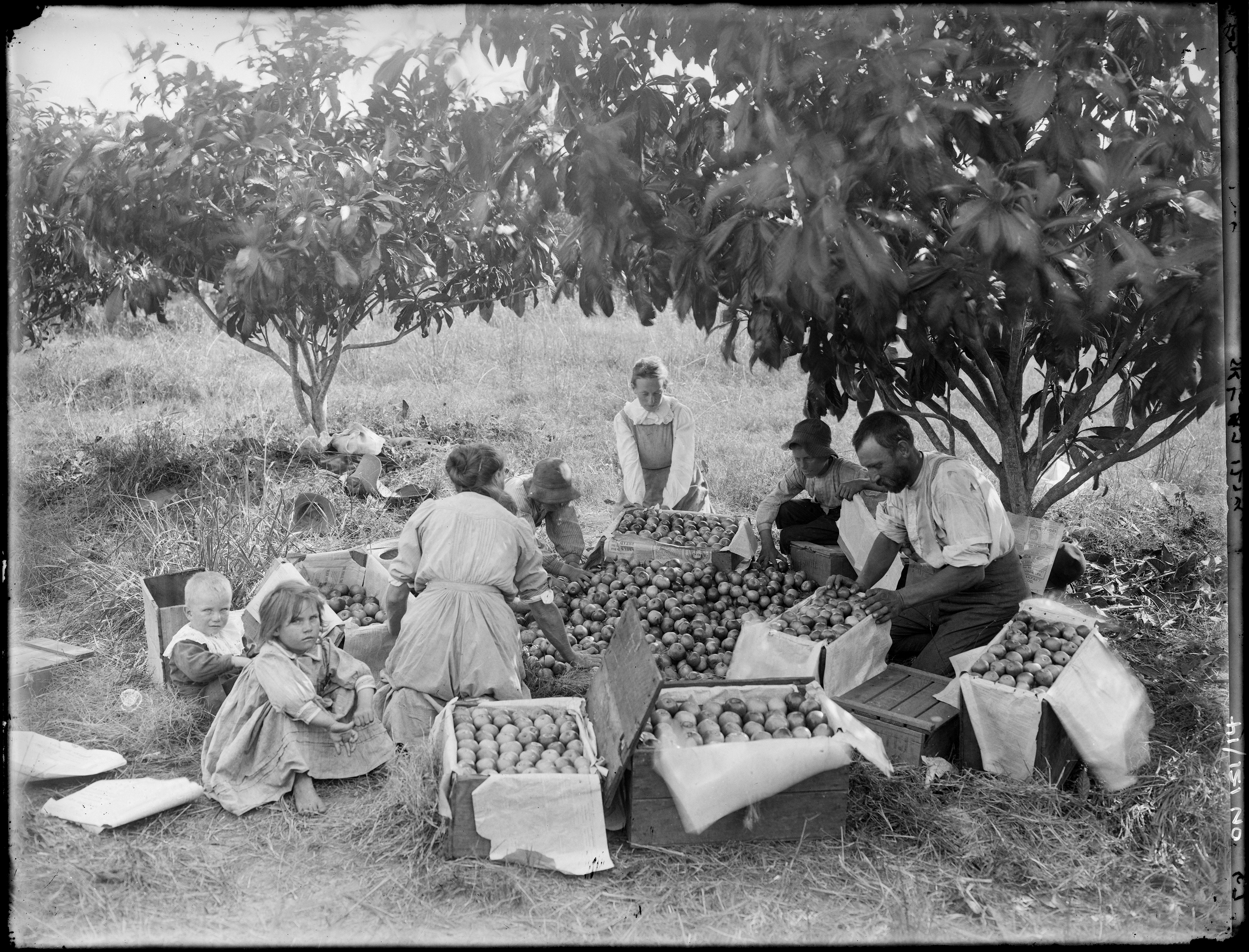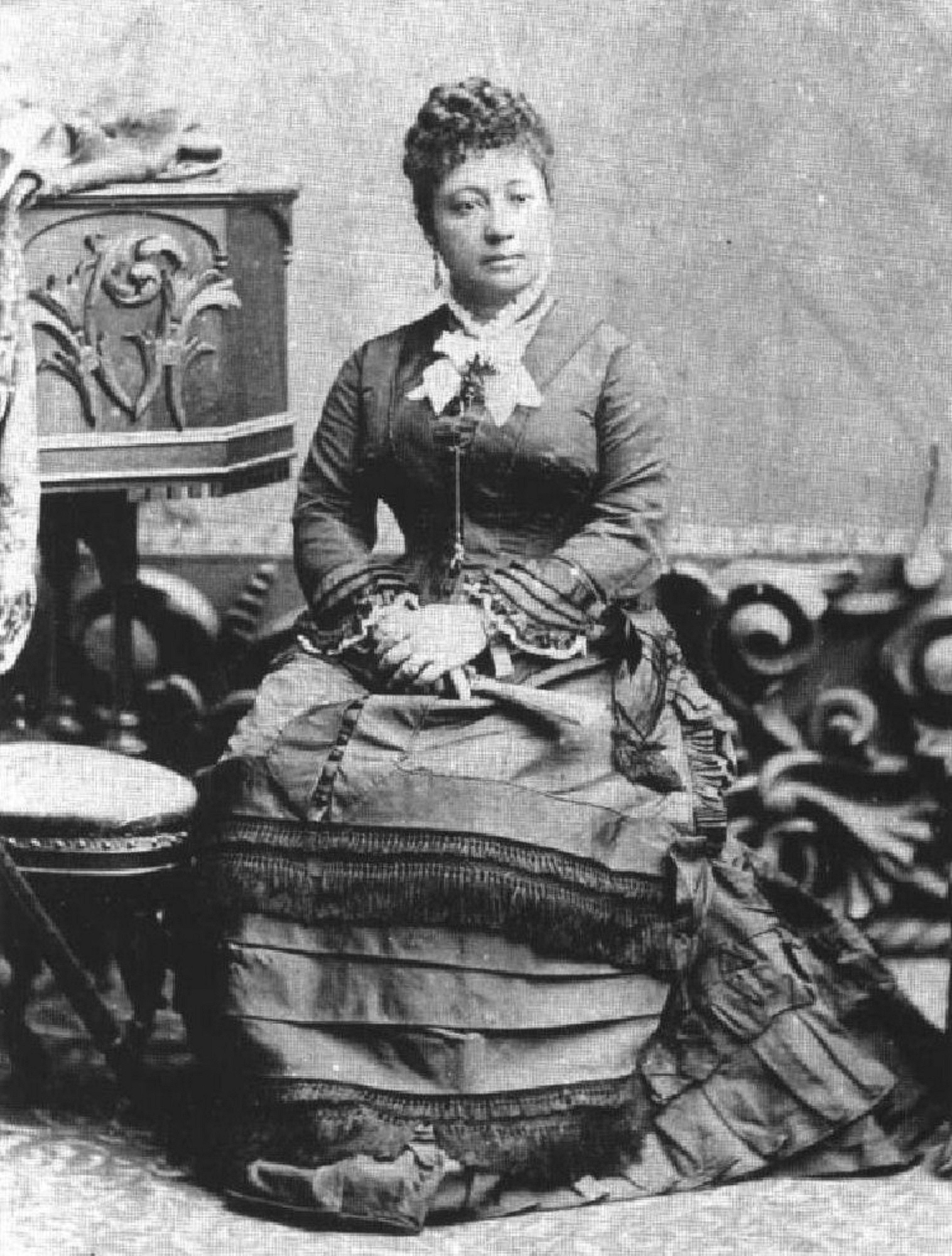|
E. E. V. Collocott
Ernest Edgar Vyvyan Collocott (7 June 1886 – 9 October 1970) was an Australian Methodist missionary, ethnologist and peace activist. He was known for his ethnological works on Tonga, where he served as a missionary between 1911 and 1924. Early life Collocott was born on 7 June 1886 in Northcote, Victoria. He was the son of Alice Jane (née Bickford) and Alfred John Collocott, a Methodist missionary in Fiji. His older brother was Harold Collocott. Collocott was educated at The Geelong College where he was dux in 1902. He went on to the University of Melbourne, graduating Bachelor of Arts in 1907 and Master of Arts in 1909 with honours in classical philology. He later completed a Bachelor of Divinity by correspondence through the University of London in 1916 and was awarded the degree of Doctor of Letters by Melbourne in 1928. Tonga After a period as a schoolteacher, Collocott entered the Methodist ministry and was sent to Tonga in 1911. He was initially posted to the Haʻapai ... [...More Info...] [...Related Items...] OR: [Wikipedia] [Google] [Baidu] |
Methodism
Methodism, also called the Methodist movement, is a group of historically related Christian denomination, denominations of Protestantism, Protestant Christianity whose origins, doctrine and practice derive from the life and teachings of John Wesley. George Whitefield and John's brother Charles Wesley were also significant early leaders in the movement. They were named ''Methodists'' for "the methodical way in which they carried out their Christian faith". Methodism originated as a Christian revival, revival movement within the 18th-century Church of England and became a separate denomination after Wesley's death. The movement spread throughout the British Empire, the United States, and beyond because of vigorous Christian mission, missionary work, today claiming approximately 80 million adherents worldwide. Wesleyan theology, which is upheld by the Methodist churches, focuses on sanctification and the transforming effect of faith on the character of a Christians, Christian ... [...More Info...] [...Related Items...] OR: [Wikipedia] [Google] [Baidu] |
Nukuʻalofa
Nukualofa (; ) is the capital and largest city of Tonga. It is located on the north coast of the island of Tongatapu, in the country's southernmost island group. History First western records of Nukualofa On 10 June 1777, British captain James Cook wrote of his arrival at their anchorage place. His description of the place confirmed, with his map, that this was the bay of Nukualofa. Cook never used the name Nukualofa or any other spelling for the reports of this voyage, but he mentioned the island of Pangaimodoo ( Pangaimotu) which was to the east of his anchorage position. Captain Cook also wrote that he travelled by canoes to visit Mooa ( Mua) where Paulaho and other great men lived. The house that Paulaho provided was on the beach from the ship. Reference to his map shows that he must have landed and stayed in the Siesia area, the eastern part of modern Nukualofa. Cook also drafted the first map of the bay of Nukuʻalofa. The first written record for Nukuʻalofa is s ... [...More Info...] [...Related Items...] OR: [Wikipedia] [Google] [Baidu] |
Dundas, New South Wales
Dundas is a suburb of Sydney, New South Wales, Australia. Dundas is located 21 kilometres north-west of the Sydney central business district, in the local government area of the City of Parramatta, and the electoral division of Bennelong. Dundas is a leafy green suburb, notably due to its centrepiece The Ponds Walk, which follows the Ponds Subiaco Creek. Dundas is part of the Northern Sydney and Greater Western Sydney regions. History Dundas and surrounding areas were originally known as "The Ponds", a name still reflected in The Ponds Creek. The first private land grants in Sydney made in 1791 were in what is now North East Dundas and adjoining Dundas Valley and Ermington. This consisted of land grants to 14 former convicts and their families along the Ponds and Subiaco Creeks. Reverend Samuel Marsden selected an area of 100 acres in the Field of Mars Parish, and named his farm "Dundas Farm" in honour of Henry Dundas, 1st Viscount Melville., who was also the Principal Secre ... [...More Info...] [...Related Items...] OR: [Wikipedia] [Google] [Baidu] |
East Berlin
East Berlin was the ''de facto'' capital city of East Germany from 1949 to 1990. Formally, it was the Soviet sector of Berlin, established in 1945. The American, British, and French sectors were known as West Berlin. From 13 August 1961 until 9 November 1989, East Berlin was separated from West Berlin by the Berlin Wall. The Western Allied powers did not recognize East Berlin as the GDR's capital, nor the GDR's authority to govern East Berlin. On 3 October 1990, the day Germany was officially reunified, East and West Berlin formally reunited as the city of Berlin. Overview With the London Protocol of 1944 signed on 12 September 1944, the United States, the United Kingdom, and the Soviet Union decided to divide Germany into three occupation zones and to establish a special area of Berlin, which was occupied by the three Allied Forces together. In May 1945, the Soviet Union installed a city government for the whole city that was called "Magistrate of Greater Berlin", whic ... [...More Info...] [...Related Items...] OR: [Wikipedia] [Google] [Baidu] |
World Peace Council
The World Peace Council (WPC) is an international organization with the self-described goals of advocating for universal disarmament, sovereignty and independence and peaceful co-existence, and campaigns against imperialism, weapons of mass destruction and all forms of discrimination. Founded from an initiative of the Information Bureau of the Communist and Workers' Parties, WPC emerged from the bureau's worldview that divided humanity into Soviet-led "peace-loving" progressive forces and US-led "warmongering" capitalist countries. Throughout the Cold War, WPC operated as a front organization as it was controlled and largely funded by the Soviet Union, and refrained from criticizing or even defended the Soviet Union's involvement in numerous conflicts. These factors led to the decline of its influence over the peace movement in non-Communist countries. Its first president was the French physicist and activist Frédéric Joliot-Curie. It was based in Helsinki, Finland from 196 ... [...More Info...] [...Related Items...] OR: [Wikipedia] [Google] [Baidu] |
Communist Party Of Australia
The Communist Party of Australia (CPA), known as the Australian Communist Party (ACP) from 1944 to 1951, was an Australian political party founded in 1920. The party existed until roughly 1991, with its membership and influence having been in a steady decline since its peak in 1945. Like most communist parties in the west, the party was heavily involved in the labour movement and the trade unions. Its membership, popularity and influence grew significantly during most of the interwar period before reaching its climax in 1945, where the party achieved a membership of slightly above 22,000 members. Although the party did not achieve a federal MP, Fred Paterson was elected to the Parliament of Queensland (for Bowen) at the 1944 state election. He won re-election in 1947 before the seat was abolished. The party also held office in over a dozen local government areas across New South Wales and Queensland. After nineteen years of activity, the CPA was formally banned on ... [...More Info...] [...Related Items...] OR: [Wikipedia] [Google] [Baidu] |
Australian Labor Party
The Australian Labor Party (ALP), also simply known as Labor, is the major centre-left political party in Australia, one of two major parties in Australian politics, along with the centre-right Liberal Party of Australia. The party forms the federal government since being elected in the 2022 election. The ALP is a federal party, with political branches in each state and territory. They are currently in government in Victoria, Queensland, Western Australia, South Australia, the Australian Capital Territory, and the Northern Territory. They are currently in opposition in New South Wales and Tasmania. It is the oldest political party in Australia, being established on 8 May 1901 at Parliament House, Melbourne, the meeting place of the first federal Parliament. The ALP was not founded as a federal party until after the first sitting of the Australian parliament in 1901. It is regarded as descended from labour parties founded in the various Australian colonies by the ... [...More Info...] [...Related Items...] OR: [Wikipedia] [Google] [Baidu] |
Christian Socialist
Christian socialism is a religious and political philosophy that blends Christianity and socialism, endorsing left-wing politics and socialist economics on the basis of the Bible and the teachings of Jesus. Many Christian socialists believe capitalism to be idolatrous and rooted in the sin of greed. Christian socialists identify the cause of social inequality to be the greed that they associate with capitalism. Christian socialism became a major movement in the United Kingdom beginning in the 19th century. The Christian Socialist Movement, known as Christians on the Left since 2013, is one formal group, as well as a faction of the Labour Party. According to the Encyclopædia Britannica, socialism is a "social and economic doctrine that calls for public rather than private ownership or control of property and natural resources. According to the socialist view, individuals do not live or work in isolation but live in cooperation with one another. Furthermore, everything that peo ... [...More Info...] [...Related Items...] OR: [Wikipedia] [Google] [Baidu] |
The Peacemaker (newspaper)
'' The Peacemaker'' was a pacifist newspaper based in Melbourne, Australia. It was published from 1939 to 1971. History In 1939 Frank Coaldrake (1912–70) was a community worker with the Brotherhood of St Laurence in the inner-Melbourne suburb of Fitzroy. In 1938-39 he had been the travelling secretary of the Australian Student Christian Movement, and during this time he had become a convinced pacifist. Three weeks after the declaration of war in 1939, he founded ''The Peacemaker'', a monthly paper to inform and assist those who conscientiously objected to military service. Although ''The Peacemaker'' was notionally a monthly publication, the actual publication history was more erratic than that suggests. Coaldrake was president of the Federal Pacifist Council of Australia from 1943 to 1946. He offered to serve as a missionary in Japan, initially in 1943 at the height of the war to Dr H. V. Evatt, the Minister for External Affairs and which was declined, but which was accepted b ... [...More Info...] [...Related Items...] OR: [Wikipedia] [Google] [Baidu] |
Epping, New South Wales
Epping is a suburb of Sydney, in the Australian state of New South Wales, 18 kilometres north-west of the Sydney central business district in the local government area of the City of Parramatta. Epping is located in the Northern Sydney region, which is sometimes simply referred to as the “North-West” or North Shore. The suburb is the most north-eastern area of the City of Parramatta. North Epping is a separate suburb to the north and under a different council, Hornsby Shire. History The Wallumettagal Aboriginal tribe lived in the area between the Lane Cove River and Parramatta River. In 1792, Governor Arthur Phillip began the granting of parcels of lands to marines, and the area was referred to on Phillip's maps as the Field of Mars, Mars being the Roman god of war. It contained the area of what is now Epping, along with the surrounding suburbs of Ryde and Marsfield. Epping railway station was opened on 17 September 1886, originally named "Field of Mars", and quickly r ... [...More Info...] [...Related Items...] OR: [Wikipedia] [Google] [Baidu] |
Tuʻi Tonga Empire
The Tui Tonga Empire, or Tongan Empire, are descriptions sometimes given to Tongan expansionism and projected hegemony in Oceania which began around 950 CE, reaching its peak during the period 1200–1500. It was centred in Tonga on the island of Tongatapu, with its capital at Mua. Modern researchers and cultural experts attest to widespread Tongan influence, evidence of transoceanic trade and exchange of material and non-material cultural artefacts. History Beginning of Tongan expansionism As Samoa's Tui Manuʻa maritime empire began to decline, a new empire rose from the South. In 950 AD, the first Tu'i Tonga 'Aho'eitu started to expand his rule outside of Tonga. According to leading Tongan scholar Dr. 'Okusitino Mahina, the Tongan and Samoan oral traditions indicate that the first Tu'i Tonga was the son of their god Tangaloa.see writings of Ata of Kolovai in "O Tama a Aiga" by Morgan Tuimaleali'ifano; writings by Mahina, also coronation edition of Spasifik Magazine, "The P ... [...More Info...] [...Related Items...] OR: [Wikipedia] [Google] [Baidu] |
Bishop Museum
The Bernice Pauahi Bishop Museum, designated the Hawaii State Museum of Natural and Cultural History, is a museum of history and science in the historic Kalihi district of Honolulu on the Hawaiian island of Oʻahu. Founded in 1889, it is the largest museum in Hawaiʻi and has the world's largest collection of Polynesian cultural artifacts and natural history specimens. Besides the comprehensive exhibits of Hawaiian cultural material, the museum's total holding of natural history specimens exceeds 24 million, of which the entomological collection alone represents more than 13.5 million specimens (making it the third-largest insect collection in the United States). The ''Index Herbariorum'' code assigned to Herbarium Pacificum of this museum is BISH and this abbreviation is used when citing housed herbarium specimens. The museum complex is home to the Richard T. Mamiya Science Adventure Center. History Establishment Charles Reed Bishop (1822–1915), a businessman and philant ... [...More Info...] [...Related Items...] OR: [Wikipedia] [Google] [Baidu] |
.jpg)






